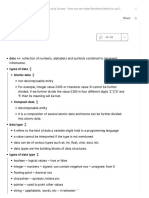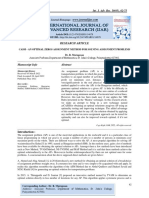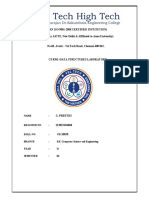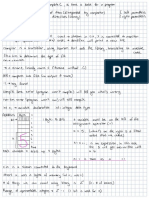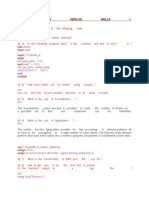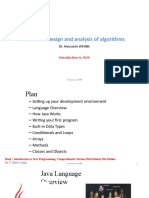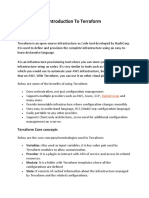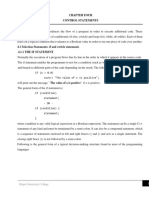0% found this document useful (0 votes)
23 views20 pagesSession 3 (Static & Dynamic Implementation)
The document provides an introduction to data structures, covering topics such as static and dynamic implementations, arrays, and their operations. It discusses the advantages and disadvantages of both static and dynamic data structures, along with real-world scenarios where each type is applicable. Additionally, it includes quizzes and situation-based questions to reinforce understanding of the concepts presented.
Uploaded by
AaradhyaCopyright
© © All Rights Reserved
We take content rights seriously. If you suspect this is your content, claim it here.
Available Formats
Download as PPTX, PDF, TXT or read online on Scribd
0% found this document useful (0 votes)
23 views20 pagesSession 3 (Static & Dynamic Implementation)
The document provides an introduction to data structures, covering topics such as static and dynamic implementations, arrays, and their operations. It discusses the advantages and disadvantages of both static and dynamic data structures, along with real-world scenarios where each type is applicable. Additionally, it includes quizzes and situation-based questions to reinforce understanding of the concepts presented.
Uploaded by
AaradhyaCopyright
© © All Rights Reserved
We take content rights seriously. If you suspect this is your content, claim it here.
Available Formats
Download as PPTX, PDF, TXT or read online on Scribd
/ 20














































